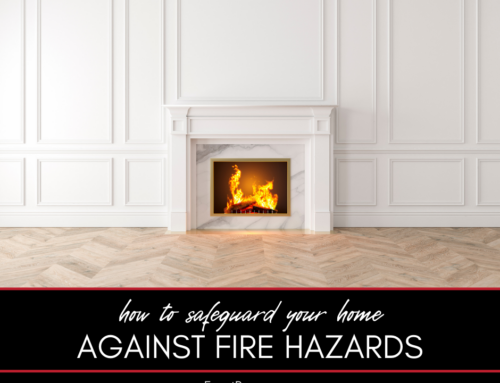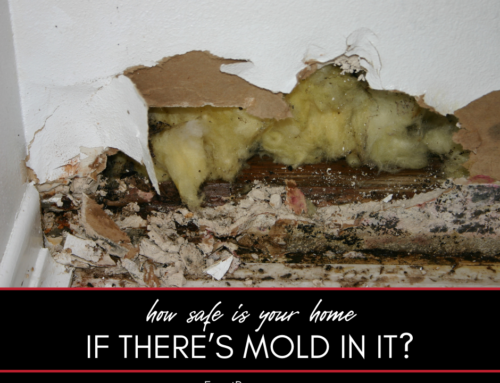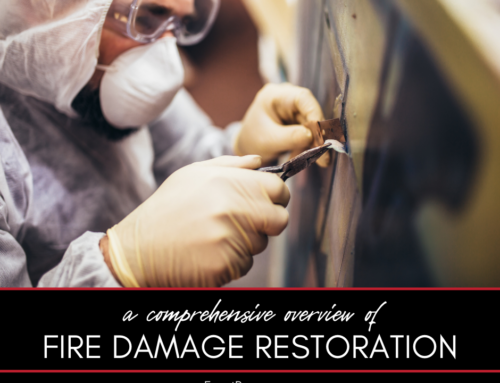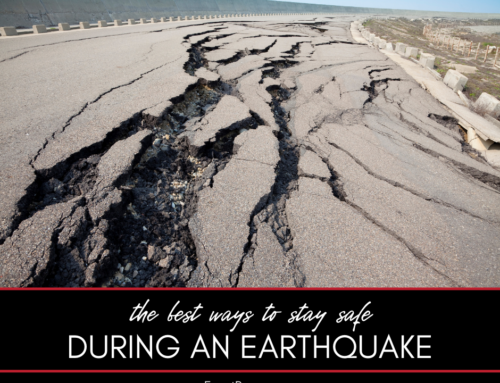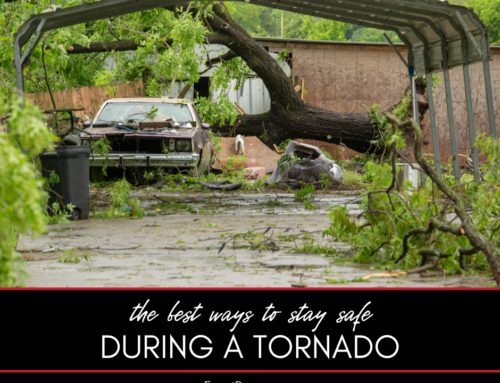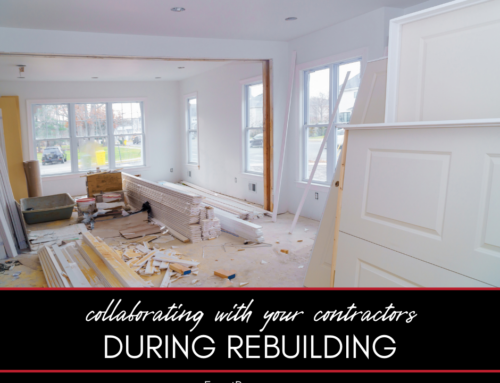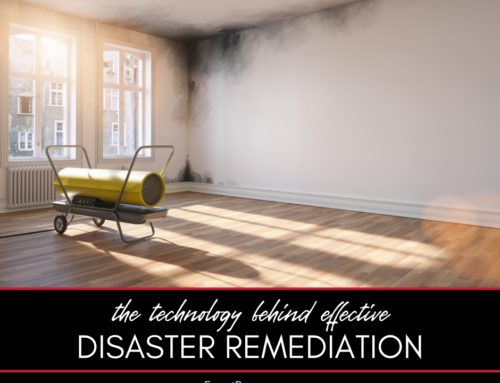A sinking foundation can cause cracks around your windows and doors, and along your ceilings and walls. You may even notice that some of your walls have begun to bow outward, or inward. Perhaps floors in some of your rooms have started to feel off-kilter, and taken on a bit of a slope. Your home might be sinking.
If your home is sinking, soil movement is most likely the cause. Movement occurs when moisture levels in the soil around and beneath your home fluctuate significantly—resulting in extreme soil contraction and expansion, and thus foundational movement and damage.
Your home can be lifted using piers. Depending on the nature of your sinking foundation, different types of piers can be used to lift it. Three commonly-used types are concrete piers, steel piers, and drilled piers. Here’s a bit about each so you’ll be informed about potential solutions to level your home.
Concrete Piers
These piers are made of multiple concrete sections that are pressed into the ground, one atop the other, until the pier reaches a depth that provides ample support for your home’s foundation. The sections are then stabilized using cabling.
Steel Piers
Steel piers consist of several hollow steel pipe sections that interlock. Each section is pushed into the ground one above the other until a layer of soil that’s capable of supporting the weight of your home is reached. As with concrete piers, the steel pipe sections are secured using cabling.
Drilled Piers
Drilled piers are different from concrete and steel piers in that they don’t involve pressing pier sections into the ground. Instead, holes are drilled into the ground below the foundation and are then filled with concrete that’s reinforced with rebar. Rebar is a steel bar, or mesh of steel wires used to strengthen concrete that’s under tension.


